In this post, you will learn everything about 3D product rendering costs, rates, and pricing. For the last decade, 3D rendering has been moving in quietly and steadily to take the throne from photography as the top choice for product visualization in the retail and manufacturing industries. It started as an expensive tool almost exclusively used by major companies like IKEA and Wayfair.
The vast majority of people were still oblivious of the potential advantages of computer-generated imagery (CGI) over photography, especially product marketing. Some people thought CGI could never match the level of realism of an actual photograph. In reality, the technology for 3D rendering had advanced and matured enough by the second half of the 2010s that photorealistic imagery was already commonplace back then.
RELATED: Furniture marketing services: 12 Reasons why companies choose 3D CGI over photography
How much does product 3D rendering cost?
When you purchase a rendered image of a product, you are not only buying a digital file or a physical print but an entire range of services associated with creating the image. It is more than just a simple buying and selling affair because the image is not mass-produced goods. Product 3D rendering is a bespoke service in which a client sends a project brief filled with specifications and descriptions of the objects to be rendered.
Every project is unique, which means it is near impossible to give an exact answer to the question without any knowledge about the details of the project. Like most other services in any industry, the Cost of 3D rendering directly correlates with quality. A complex product takes more time to process than a simpler one if both are meant to be rendered in the same level of details and size.
As a rough estimation, the lowest quality you can get probably is around $50. A product 3D rendering at this price is likely done in a hurry or in poor detail. The image is barely usable for commercial purposes such as marketing or catalogs. The resolution can be in Full HD or 4K, but it does not represent clarity or sharpness. There might be rough edges in many places, and the color has noticeable blurriness if you see it from a close distance. A single image can cost $1,500 or more in the high-quality bracket. It is the price range you need for the highest degree of photorealism and near-obsessive attention to detail.
RELATED: 3D Rendering costs & 3D visualization prices for firms
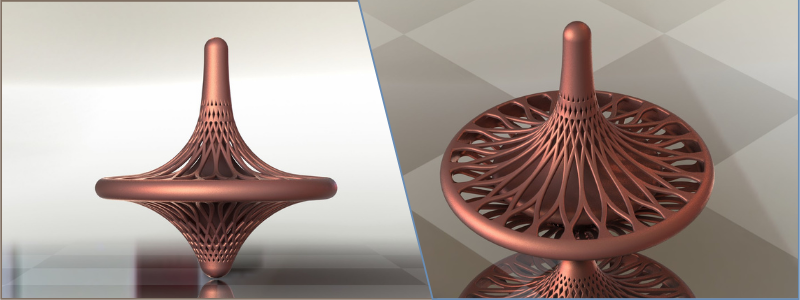
What factors can affect the cost of 3D rendering?
Many factors may come into play when determining the price of a product 3D rendering, mainly complexity and quality. Still, they can be broken down further into some specifics as follows:
Tools rendering
Rendering is a hardware-demanding task. While free software options are available, some render artists prefer premium subscription-based ones, such as a better support team from the maker or higher modeling accuracy.
Professional-grade hardware configurations, including top-end processors and graphics cards, cost a lot of money. The software subscription fee is not exactly cheap either. A small percentage of the total price for the 3D rendering service covers the renderer’s investment in the tools. It is an undeniable nature of the business.
3D models
Chances are you want to create a visualization for a product that has not been marketed yet. The visualization is part of a marketing campaign to introduce the product appealingly. Even if the product has been on the market for some time, you want to give it a refreshed look through a new image advertising image.
With a new product, the only feasible option for the renderer is to draw a new 3D model. Creating a new 3D object is an almost entirely separate service in the workflow. You can get an artist to build a 3D model without rendering, but it is impossible to have a rendering done without one.
RELATED: 17 Reasons why 3D modeling is important for product design firms
The rendering artist may use pre-designed models purchased from the 3D assets marketplace and then modify them to match your requirements. Not only does this make the job more straightforward, but also more time-efficient. It wouldn’t be a problem for standard products like home appliances, fashion accessories, electronics, furniture, computer peripherals, and other everyday objects. The decision to use a modified version of an off-the-shelf asset must come from the client. However, for a unique product, the 3D model is best built from scratch.
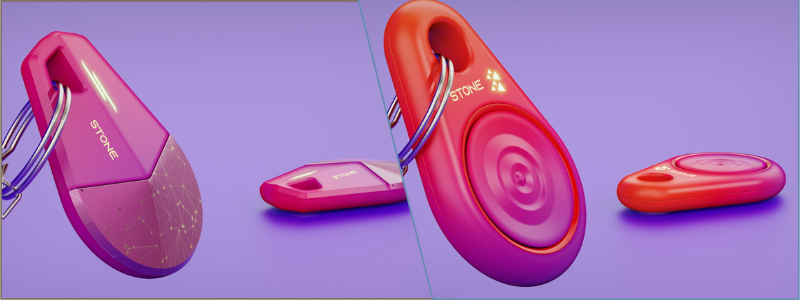
Project size
A large project may refer to a bundle purchase of multiple renderings or a single image consisting of many complex objects. In the case of product rendering, the project may require the use of complex backgrounds (rather than plain white) and several (or more) complementary objects and the product itself. Another possibility is a product visualization in an outdoor environment with natural elements like water, sky, wind, and living characters.
If the additional objects are as complex as the product, the render artist has to put extra time and resources into the visualization. A higher workload on the renderer’s side translates to higher costs for the client.
Rendering background
Some clients provide the render artists with pictures as backgrounds for the new images, and the source files for the backgrounds can be photographs or previously rendered frames. Either way, the provided files help reduce the workload and the price.
RELATED: 3D Modeling costs – 5 factors that affect project pricing
Product rendering comes in two main types based on the background complexity, including white space and contextual. The former is meant to showcase the product on a plain white background. Clarity is the primary goal, so it is unlikely that you want to clutter the image with the presence of unnecessary objects, too. The latter is the more complex type as it calls for a lifelike environment in the background. For example, a 3D rendering of a fountain pen may need to use a desk or an office as the background. There can be other objects on the desk like a book, a phone, a fountain pen holder, and a clock, to name a few. A render artist will charge more for the contextual type.
Level of realism
Details of the 3D models only make up one part of the realism factor. In a contextual rendering where the product is shown among other objects on a particular background, realism is determined by various components such as lighting, shadows, textures, colors, and viewing angles.
Lighting is much more than just how bright or dims the image is, but how lights and objects react to each other. An object made of polished metal reflects and refracts lights differently from another made of wood. Rays of lights also bounce in specific directions depending on the surface textures. Viewing angles and sources of light will affect how shadows should be visible and in what intensity. When you want the level of realism to match that of professional photography, prepare a budget of at least several hundred dollars per image. The result may not meet, let alone exceed, your expectations with a lower budget.
RELATED: How much does 3D product rendering cost for a new product design?
Number of views
Unlike an animation, a product 3D rendering image is static, and it presents the product from only one viewing angle. Additional views such as close-up and bird’s eyes require some reworks on the level of realism due to the different camera angles. The number of views equals the number of images; more images mean higher costs. Also, some viewing angles are more complex than others. For example, a bird’s eye angle is not as easy to create as a general front-facing perspective. If you need a 360-degree view, the rendering needs to have an interactive feature or be animated for viewing on a screen. Animated 3d rendering design increases the budget a great deal.
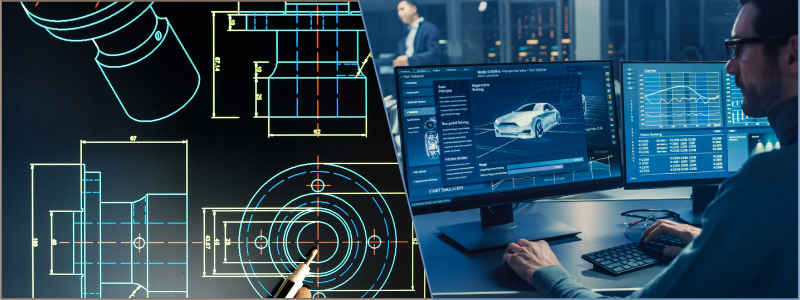
Resolution
Higher and lower resolutions are available, each at a different cost. Some of the most common options (not the best possible quality) with the estimated price points are as follows:
Still Images
| Dimension(W x H) | Resolution(Megapixel) | Price per Image |
| 200 x 200 | 0.04 | $5 |
| 400 x 400 | 0.16 | $5 |
| 800 x 800 | 0.64 | $15 |
| 1,600 x 1,600 | 2.56 | $55 |
| 720 x 480 | 0.35 | $10 |
| 1,280 x 720 | 0.92 | $20 |
| 1,920 x 816 | 1.57 | $35 |
| 1,920 x 1,080 | 2.07 | $45 |
| 1,920 x 1,200 | 2.30 | $50 |
| 3,840 x 2,160 | 8.29 | $170 |
| 5,076 x 2,160 | 10.96 | $220 |
| 8,000 x 8,000 | 64.00 | $1,280 |
The current standard resolution for product 3D rendering is 4K. HighLarge resolution means you probably don’t need to enlarge the image for most purposes. You may have to shrink it for different platforms such as social media, online and offline catalogs, banners, and posters.
RELATED: Engineering and Product Design Advice for Mass Manufacturing Services
Animated images
| Dimension(W x H) | Resolution(Megapixel) | Price per Minute |
| 720 x 480 | 0.35 | $420 |
| 1,280 x 720 | 0.92 | $1,110 |
| 1,920 x 816 | 1.57 | $1,880 |
| 1,920 x 1,080 | 2.07 | $2,490 |
| 3,840 x 2,160 | 8.29 | $9,960 |
| 5,076 x 2,160 | 10.96 | $13,160 |
| 7,680 x 4,320 | 33.18 | $39,820 |
Timetable
Each product is unique, and almost all the factors that affect pricing are also relevant to rendering speed, like computer hardware configurations, scene complexities, and the number of views. A reasonably powerful computer can generate a simple product of decent quality within just several hours (maybe less). For a contextual rendering and a high level of detail, between two and three weeks of completion time is a good ballpark. Getting the job done faster is possible, but you also need to spend more money.
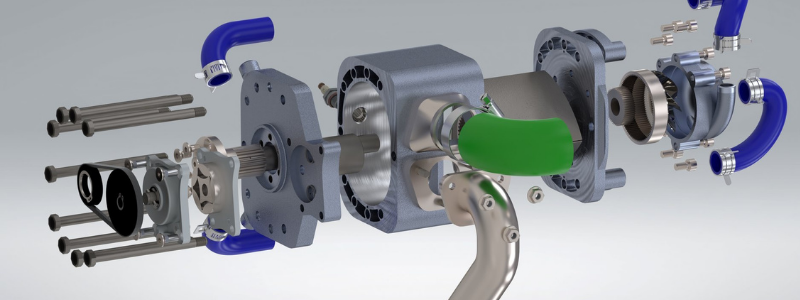
What does a company/freelancer charge for product 3D rendering?
A 3d rendering freelancer doesn’t usually charge as much as a company does for the same project with an equal level of complexity, but they use the same pricing options as follows:
- Per image: the Cost is determined by the number of product images rendered. It is the most common pricing option, suitable for smaller projects.
- Per project: the render artist charges the client on a per-project basis. The option is ideal when you need a lot of rendering done simultaneously. Prices are usually negotiable because you get volume discounts as long as you meet the minimum threshold.
One thing to remember is that one large project usually means creating multiple visualizations for the same product or using the same 3D assets. For the first image, a render artist must create a new 3D model, develop textures or materials, set up the lighting schemes, and configure the compositions for the final render. Subsequent images of the same product, even with different materials or textures, are more accessible. If you are unsure how the renderer differentiates between one large project and multiple small projects, verify the matter before hiring.
RELATED: What types of 3D rendering services do product design pros & industrial design firms offer?
To represent the lowest and highest in the price range, the Cost for 3D rendering can be divided into four tiers. All prices shown assume the same level of complexity and the use of standard 4K resolution for the final render.
Tier I
The price is around $50 – $300. At the lower end of the spectrum, there is barely any quality guarantee regarding service and image. Freelancers or perhaps 3D studios can complete a render at this price range, but you should keep the expectations low. This option is best when:
- The budget is very tight
- Quality is not a significant concern
- Turnaround time is flexible
A budget of $50 is the bare minimum for a rendering project done by just about every 3D artist based in the United States and other developed nations. A design firm in India, Pakistan, China, or Southeast Asian countries might be able to offer a rendering service at that price and promise a high-quality result. It is not just an advertising pitch to attract more clients, but they can get the job done at low prices due to cheaper labor and a lack of quality assurance.
Tier II
At around $300 – $400, you get a basic product 3D rendering service. The most significant difference from the first bracket is a better experience dealing with the renderer, but not necessarily a higher quality image. You are hiring a render artist who speaks the same language as yours, meaning more accessible communication is easier practice. Tier II is a good option when:
- Budget is the primary concern
- The final render quality should be acceptable but not impressive
- The product is simple and easy to draw on the screen
- The complex background is unnecessary
RELATED: How to get the best 3D rendering services for furniture design
The price range can yield good quality as long as the product is not overly complicated. For example, furniture made of standard material without elaborate details shouldn’t be too difficult to draw as a 3D furniture model. The rendering at this tier will be white space rather than contextual.
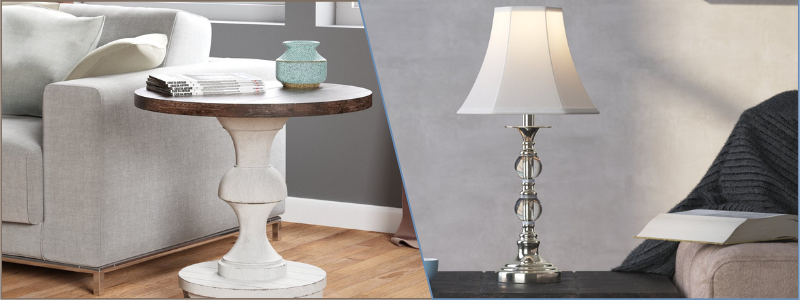
Tier III
Most reputable rendering firms or freelancers will charge around $400 – $1500 for a single image. There is still a massive gap between the prices, which can make a big difference in quality. If possible, avoid going anything lower than $1000 to speed up the search. Tier III is ideal when:
- The product is unique, with a lot of subtle details to highlight
- Rendering is meant to visualize a product concept
- The image will be used as a marketing material
If budget is not a big issue, the Tier III option makes an excellent choice for most projects. As you move closer to the $1,500 mark, chances are you can get a reputable render artist – with years of experience and a respectable portfolio – to work on your product.
RELATED: How to reduce painful product development costs for your company
Tier IV
A product 3D rendering done on a budget of more than $1,500 is quite rare. Most of them fall somewhere between $300 and $900, with a turnaround time of several days to about a week. One of the main reasons is that nearly all are white space rendering to highlight specific features, not contextual. This Top-notch tier is best when:
- You only want to work with the best in business
- Image quality must be excellent as if it is the work of a professional photographer
- You must have control over the workflow and progress
- Product rendering is for regulatory approval and commercial purposes
You are approaching the territory of architectural rendering at this price range, but it doesn’t mean you cannot get the same impressive quality for product visualization. The usual customers of high-end 3D rendering are big companies conducting a well-funded marketing campaign for a new product.
How Cad Crowd can help
Many 3D rendering firms and contractors with exceptional skill levels and powerful computers work on your project. Independent freelancers can say the same thing, who offer their services at a much lower cost than any studio.
Cad Crowd is a hub where freelance 3D artists from all over North America and beyond provide product rendering services for clients worldwide. To improve your chances of getting the best quality rendering for any budget, Cad Crowd helps select pre-qualified renderers best suited to your project. There are also design contests and private project options where clients can communicate directly with the professionals.
For more information about product 3D rendering and other 3D visualization services, leave Cad Crowd a message about your project.
